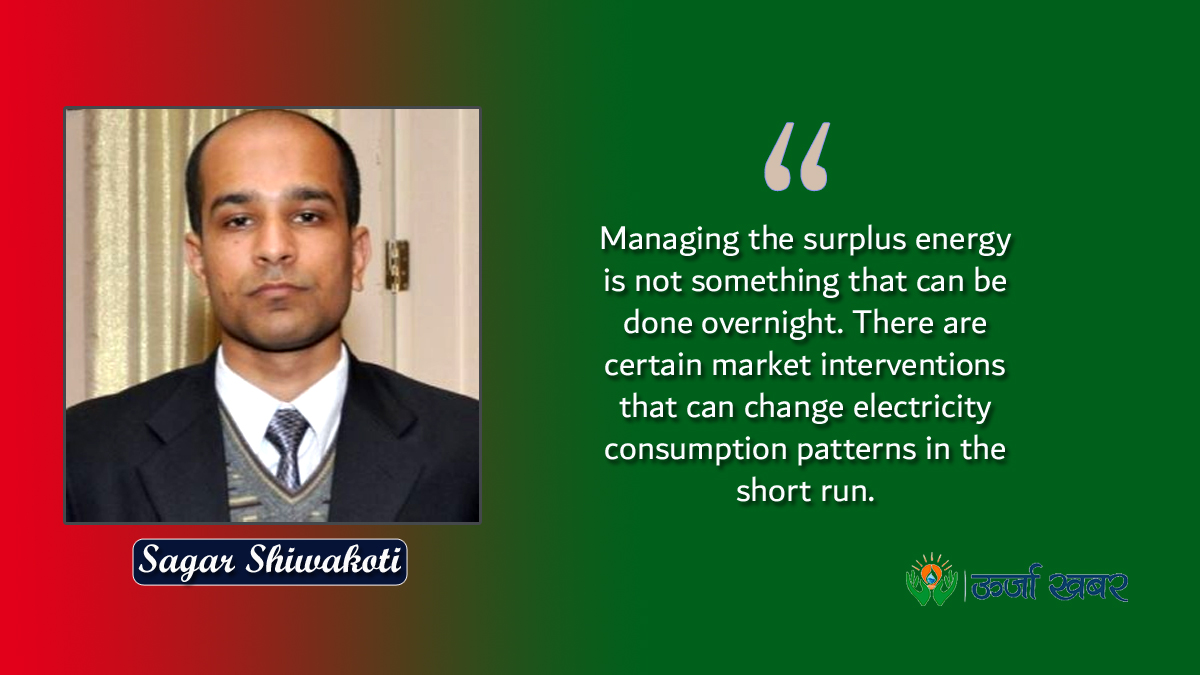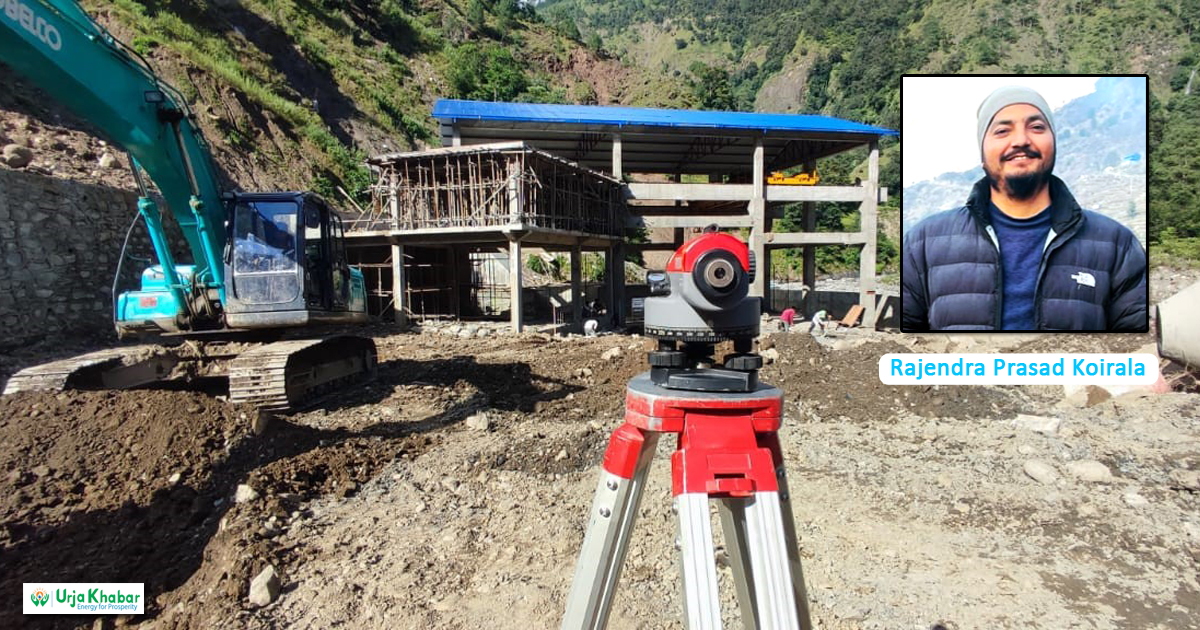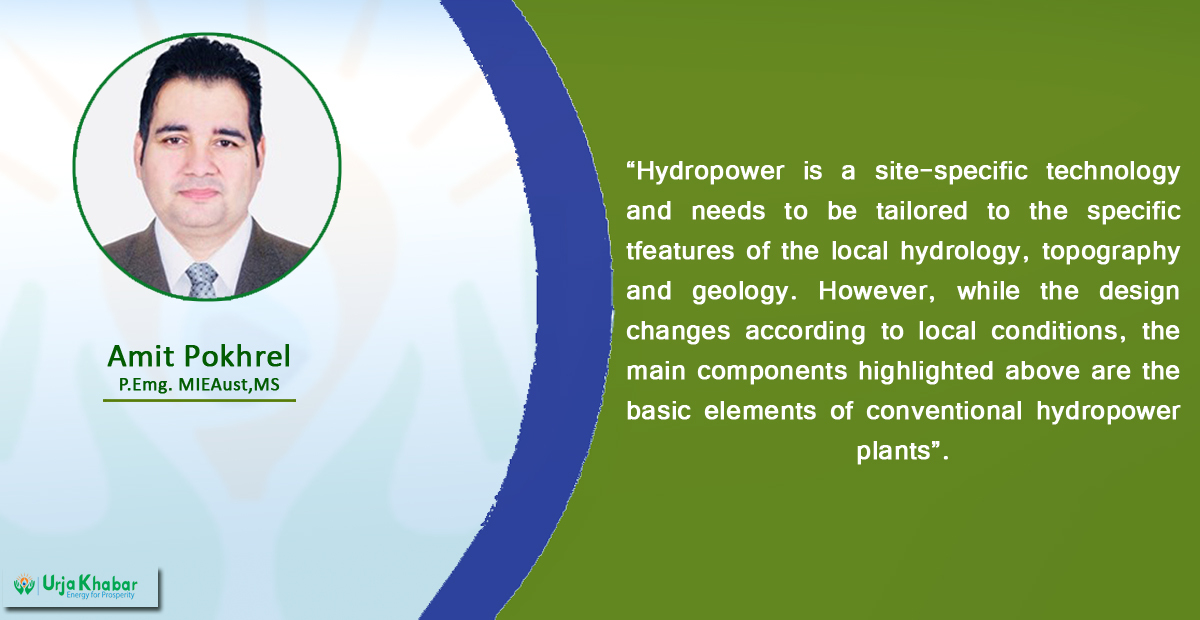Energy Update
Increased Generation, Stalled Consumption : A New Challenge for Nepal’s Energy Management

Kathmandu: The new electricity tariff has been effective in Nepal since June last year. The new rate was announced by Nepal Electricity Regulatory Commission (NERC) by making some changes to the tariff rate proposed by Nepal Electricity Authority (NEA) in February, 2020. In a desperate attempt to encourage consumers to spike up their energy consumption, NEA had submitted an unprecedented proposal of reducing the power tariff for all types of consumers and especially for higher levels of consumption. For instance, the proposed draft had raised the tariff for minimum consumption (up to 20 units) but the rate for higher consumption (400 units) was dropped to Rs. 3 per unit (which was as high as Rs. 13 per unit as per the then prevailing rate). If this was approved, it would mean higher a household consumed, the lesser it would have to pay. This was done in a bid to encourage higher electricity consumption as the country was gradually moving towards a state of energy surplus in the monsoon. However, the draft was approved with some alterations. NERC disagreed to implement the concept of ‘lower tariff for higher consumption’. Nevertheless, the overall tariff structure was reduced as compared to the prevailing rates. This was done with an aim to encourage the utilization of as much energy as possible that will be generated in the wet season and allow minimum spill.
Load Shedding to Surplus Energy

Until 2073 BS, NEA would repeatedly float public notices urging its consumers to minimize electricity consumption. Until then, the national system was in a constant state of deficit, even in the monsoon and the nation was crippled by hours of electricity rationing (load shedding). With appropriate demand side management techniques, timely check on unwarranted consumption, control of pilferage and use of energy efficient appliances like LED bulbs, the situation of load shedding was eliminated within few months of intervention by the management.
This was partly possible by importing electricity from India, which at one time reached over half of the total consumption, mainly in the dry season when the country’s internal generation drops to almost a third of the capacity and the demand rises.Nepal was in a dire situation and self-sufficiency in electricity was a far-off thing.However, things started changing. Thanks to the huge investment poured in by the private sector or the Independent Power Producers (PPs) in hydropower generation, Nepal’s power capacity rose to 1332 MW at the end of FY 2076/77, which was a 56% increase in just 4 years. With the recent connection of 4 units of 456 MW Upper Tamakoshi Hydropower Plant to the national grid and addition of few more private plants, the nation’s installed capacity has crossed 1600 MW.

After the remaining 2 units of the national pride project get connected to the grid within a few weeks, Nepal will have an installed power of 1830 MW. This is an increase of 113% from 2073, which was the year of the beginning of the end of load shedding. A few more power plants coming up next year will add upover 800 MW more to the country’s power capacity.But, the annual peak demand of electricity in general stands around only 1350 MW and barely crosses the 1400 MW mark. This means almost no imports are required in the monsoon. At the time of writing this piece, the energy imported from India is only 5% of the total energy supplied, which was over 20% in a typical day of Shrawan in the previous year.
Managing the Surplus
All this means, we are in a state of energy surplus. Now that the situation has changed, the problem has changed too. The new problem is that of managing the surplus energy we are generating. This situation has been aggravated by decline in electricity consumption due to reduction in economic, commercial and industrial activities all around the country owing to restrictions on travel, business and other activities as a response to the COVID-19 pandemic.The situation has gone worseas more and more power plants are starting generation only to see that the transmission lines and substations are still not in place.
Some lines like the 220kV Kosi Corridor are being operated at a lower capacity (33kV) to connect the power plants that are ready to generate electricity and waiting for a connection. We are in a situation of more generation and stalled consumption. On one hand, the demand for electricity is not increasing as the government would have wanted; while on the other, lack of transmission infrastructures means the generated electricity cannot be wheeled to the potential load centers.The government (NEA) is doing its best to finish the construction of many substations and transmission lines despite social and weather constraints.But the problem persists.
Changing the Consumption Pattern
Managing the surplus energy is not something that can be done overnight. There are certain market interventions that can change electricity consumption patterns in the short run. Similarly, certain policies can induce long term increase in power consumption. These interventions shouldbe targeted towards creating and finding new ways of electricity consumption.
The first and the immediate thing that can be done to enhance consumption of electricity is increasing the use of electrical cooking and home appliances.Use of electrical cooking appliances has been increasing, mostly in urban households since the past few years. Many urban households use a combination of e-cooking appliances (rice cookers, oven, electric pressure cookers, kettles, induction and infrared cook stoves, etc.) and LPG. During the energy crisis of 2015 when LPG was unavailable in the market, the use of induction cookers reached several hundred thousands. As a policy intervention measure, custom duty of electrical cooking appliances has been waived off. Local level governments can come up with similar schemes such as providing electrical cooking appliances at subsidized rates.
However, in spite ofpersistent efforts from all stakeholders, the share of firewood and LPG for cooking is still dominant. More than half of urban households use LPG in urban areas and almost two thirds of the rural households are still dependent on firewood as fuel for cooking. Annual import of LPG in Nepal is over 4 Lakh Metric Tons and the demand is increasing every year by over 5%.Replacing this consumption by electrical cooking appliances on one hand will drastically increase electricity consumption, while on the other, the trade deficit with India will be significantly reduced. The government has a target of promoting e-cooking in 100,000 households every year. The political commitment and policies required to meet this target are in place.But there are several
challenges to meet the target.
The first challenge is to ensure the reliability of the electricity distribution system. It is necessary to check unplanned outages to convince the consumers that they receive reliable, sufficient and safe energy before urging them to use electrical appliances. Majority of households have a low level of connection with 5 Ampere capacity, which limits the use of electrical appliances. Similarly, many residential consumers do not have proper wiring and earthing protection, rendering the use of electrical appliances unsafe. Policy and working procedures to promote electrical cooking and to increase awareness among people regarding its benefits are lacking in local level governments, especially in rural regions.
These logistic and policy hurdles need to be overcome to encourage people to switch to e-cooking. The central government can assist by policy measures like removing subsidies on LPG.In the recent budget announcement for FY 2021/22, the government reduced the customs tariff and abolished the excise duty on several home appliances such as refrigerators, grinders, rice cookers, fans and other electrical devices.
Another sector that is crucial in increasing electricity consumption is the use of electric vehicles (EVs). Through the budget announcement, the government has removed excise duty and substantially reduced customs tariff on import of EVs. The government plans to implement the replacement of light vehicles powered by fossil fuels by electric vehicles by 2031.
A part of this replacement will be in the form of conversion of fossil fuel powered vehicles to electric vehicles. The plan has been topped by a further arrangement of waiver of renewal and road maintenance fees for 5 years for converted vehicles. With no prior experience, huge cost involved in the transition and possible reluctance by the consumers due to expensive battery technology, this may turn out to be an arduous task. But, there have been encouraging signs in the recent years in transitioning towards EVs.
There is no denying that EVs is the future of transportation. The consumers needs to be made aware of the associated cost savings and the environmental benefits of EVs. Public transportation should gradually move towards being entirely electric. To assist these plans, the government has started an ambitious project of installing electric vehicle charging stations in 50 different locations across the country.
More energy supply triggers increase in economic activities across all sectors. This enhances the income of the consumers at all levels and ultimately upgrades their living standard. Upgraded living standard in turn induces consumption of more energy intensive facilities like house cooling and heating systems and air conditioning. This creates a virtuous cycle of energy availability and consumption.
Cross Border and Regional Trade
To increase power consumption in the long run, there is no alternative to completing the substations and transmission lines that are currently under construction, so that the generated electricity can be transferred to the load centers and more demand can be induced.Existing distribution infrastructures need to be upgraded and rehabilitated to ensure reliable supply to the consumers.
Another way of tackling the situation of surplus energy is by exporting electricity to India and Bangladesh in the monsoon, which the government envisages also as a strategic way of addressing the seasonal imbalance of energy supply and reducing Nepal’s trade deficit. Power exchange between Nepal and India has already started via the 400 kV Dhalkebar-Muzzafarpur Transmission Line.
Several other high voltage transmission lines across the border such as the 400 kV New Butwal-Gorakhpur Line are under various stages of planning and construction. Nepal, India and Bangladesh are vowing to fix transmission modalities, grid code harmonization and commercial terms for tripartite power trade.
According to a bilateral agreement signed in 2018, Bangladesh will import upto 9000 MW of electricity from Nepal by 2040.For this to materialize, Nepal should be able to sell its electricity to Bangladesh through the Indian grid. The Central Electricity Regulation Commission (CERC) of India has been more welcoming in recent times to ease regional electricity trade. Its revised Cross Border Trade of Electricity Regulations, 2019 allows cross border trade through mutual agreements between countries or entities, through bidding route and also through tripartite agreements.
This has opened up the possibility for Nepali producers to export power to Bangladesh by paying wheeling charge for the use of Indian grid rather than transacting power through an Indian intermediary company.However, the three countries have not yet been able to execute a tripartite agreement concerning all aspects of electricity trade.
Another setback is a provision in the recently announced Procedure for Approval and Facilitating Import/Export (Cross Border) of Electricity by the Central Electricity Authority (CEA) of India, which restrictsIndian entities to import electricity from Nepali projects with Chinese investment. Nepal needs to negotiate with India within the spirits of the Power Trading Agreement of 2014 to ensure unrestricted entry and free access for Nepali power producers into the Indian market.
Energy Surplus. Or is it?
It has always been argued thatNepal’s electricity demand and consumption is in a suppressed situation.To fulfill the nation’s dream of prosperity with an accelerated economic growth, more employment for large number of youth and increase in production and commercialization of agriculture, we need several thousand MW of electricity. Currently, industries make up only 1.3% of NEA's consumer base and account for 42% of itsannual revenue. Only 9% of the revenue comes from the commercial sector.
The bulk amount of energy in Nepal is still consumed for domestic and non-commercial purposes. In order to realize the government’s goal of increased economic growth, there is no alternative to industrial development and promotion of investment which demands favorable business environment.The Government has plans for mass production, marketing, use and export of domestic goods like cement, medicines, iron rods, furniture, shoes and electrical appliances. Industrial zones are planned to be setup in Jhapa, Makwanpur, Rupandehi, Banke, Kailai, Sarlahi, Tanahu and Surkhet.
Industrial villages have been envisaged to be developed at the local level.Commercial operation of iron will soon start from Dhaubadi Iron Plant in Nawalparasi. The Government has an ambitious plan to attract the world’s top electric vehicle companies to set up factories in Nepal. Arrangements are being made for the use of locally produced cement and iron for road construction. Production of tea, coffee, readymade garments, carpets, jute, silk, cotton is being promoted through several facilities and exemptions. Commercialization and modernization of agriculture is planned to be done throughout the nation. Solid waste management is another area of concern.
The foremost precondition for all these activities to materialize is the availability of safe, sufficient and reliable electricity supply. If Nepal is to move ahead on the path of economic growth and prosperity by implementing majority of the plans of the Government, the electricity that is being supplied now becomes inadequate. Currently, we are struggling to find ways of increasing electricity consumption, as a consequence of the nation’s suppressed economic activities.However; this problem has come as a blessing in disguise.
The notion that we are an energy surplus nation has urged us to mandatorily look for and open avenues of economic activities that demand the availability of sufficient and reliable energy. Aggressive economic growth and the resultant increased demand for electricity will put us in a situation when we no more have to worry about energy spill. Suddenly, the energy that now seems to be in over-supply will start becoming insufficient.
Export will be done only after all the domestic demand has been met.Just as the nation overcame the bleak situation of load shedding through sincere efforts from the government as well as from other stakeholders, it is certain that the day will come when our dream of economic prosperity will be realized. Until then, let us worry about finding immediate ways to use up the electricity that is being supplied to our houses. Sometimes, worrying is a good thing.
Shiwakoti is a Assistant Manager of Nepal Electricity Authority
Conversation
- Info. Dept. Reg. No. : 254/073/74
- Telephone : +977-1-5321303
- Email : [email protected]














